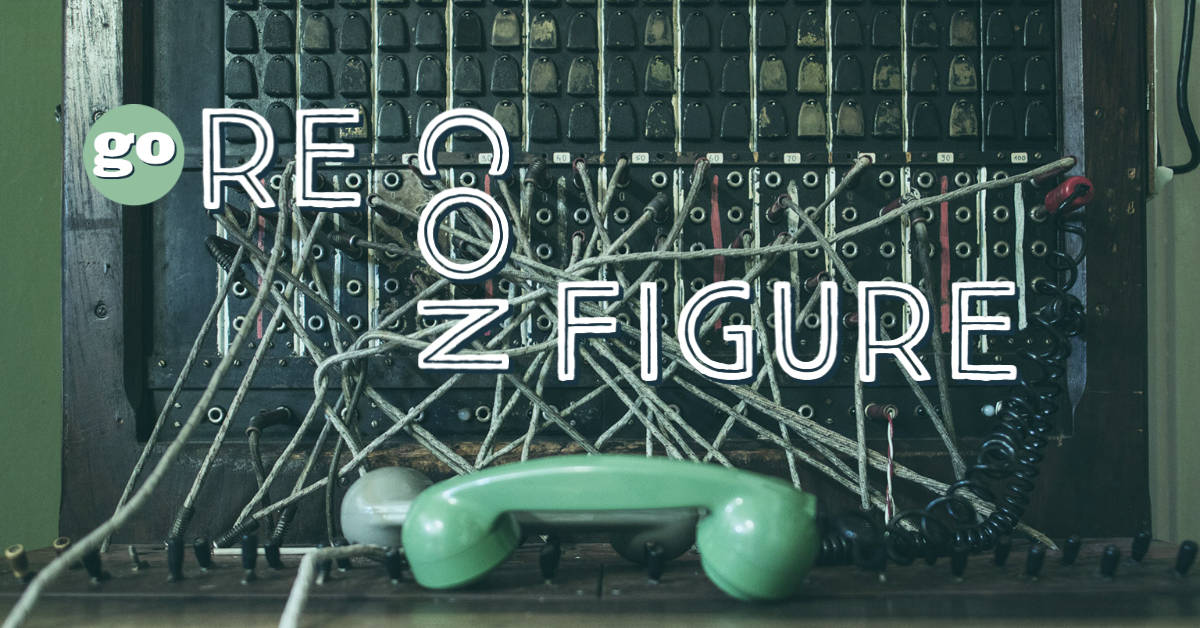By the time we become adults we end up with a fixed number of brain cells and once they die, they cannot be replaced, right? You’d be forgiven for thinking this is true, it was the theory for years…but it’s wrong.
From the time the brain begins to develop before birth until the day we die, the connections among the cells in our brains reorganize and adjust to our changing needs. “Neuroplasticity” is an umbrella term to describe structural and functional changes in the brain that take place in response to various stimuli. This dynamic process allows us to learn from, and adapt to, different experiences.1
Today it is generally accepted that, while less “plastic” than the juvenile brain, the adult brain is far from being fixed. Factors such as stress, neurotransmitters (chemicals that transmit signals between brain cells), certain drugs, environmental stimulation, learning, and aging change your brain’s structures and functions. These factors can change the volume, cell count, and actual structure in areas of your brain. They can also result in “network reconfigurations” which change the connections between your neurons (specialized cells that transmit nerve impulses) and they can shut down the generation of new brain cells.
It has long been known that depression can be a major player in changing the brain. It can re-draw the map with unhealthy and dysfunctional pathways and damage or close healthy more functional ones. Modern brain imaging and post-mortem examinations of depressed brains reveal both impaired functioning and structural changes. These changes are often in regions of the brain involved in balancing mood and emotion and, as more and more animal studies show, ketamine treatments seem to be able to halt the damage, and perhaps even reverse it.
Can you remember the smell of flowers in your grandmother’s garden or the tune your grandpa always used to whistle? Some childhood memories are seemingly ingrained into your brain. The brain learns and saves profound cognitive routines and memories. But here’s the catch, it doesn’t only learn and save the happy memories. In a severely depressed person, the brain can capture and then hardwire unhealthy thoughts and patterns of thinking.
The structure responsible for saving and creating pathways, baking in both good and bad, is called the perineuronal net. This structure envelops certain neurons and stabilizes the connections between them — the synapses — preventing new ones from forming. So what if we could help a severely depressed person by weakening and breaking free of the perineuronal net and thereby restore the plasticity and adaptability of a young brain? This is often described as “network reconfiguration”.
A recent study at the Institute of Science and Technology (IST) Austria2 discovered in mice that “After just three treatments we could see a considerable loss in the perineuronal net, which lasted for seven days before being rebuilt.”. Once the grip of the perineuronal net in the brain is loosened, neurons become once again sensitive to new input, and new synapse connections can be formed. Re-establishing plasticity could, for example, potentially overwrite traumatic experiences and treat post-traumatic stress disorder. “But it is not like you take ketamine as a drug and become smart”, Alessandro Venturino, leading author in the study says. He emphasizes the need for caution over how just the “window” is opened and used.
It has long been speculated that one of the reasons ketamine therapy is so effective in the treatment of depression is because it creates the conditions necessary for network reconfiguration and the chance to re-wire depressive patterns of thought. Animal studies and brain imaging now appear to confirm ketamine IV treatments seem to not just halt the damage to pathways and connections but even reverse it in the critical areas of the brain that are related to depression (the cortico-limbic striatal circuits).
From a study published in Biological Psychiatry: “In summary, our whole-brain analyses revealed large-scale network reconfiguration of the circuits, an effect visible at least 18 hours after application .”3 Remarkably, the activity patterns created by ketamine treatment precisely opposed the malfunctioning activity in the depressed brain.
We already know ketamine IV targets several key factors and areas of the brain associated with major depression disorders. A paper published in Current Neurophamacology4 reviewed 278 articles and 25 clinical studies and found “Ketamine was found to exert a rapid and sustained antidepressant effect on Treatment-Resistant Depression patients” and was a “valid option based on advantages of rapid onset of action on core depressive symptoms and hopelessness”. Ketamine’s antidepressant mechanism is undoubtedly complicated. Further exciting research is needed to fully uncover every aspect of this game-changing medication, research that is also helping us expand our knowledge and understanding of depression itself. Meantime ketamine therapy’s remarkable rapid, robust, and sustained antidepressant effects have been described by depression research neuroscientists as “arguably the most important discovery in half a century”5.
1 Pittenger, C., Duman, R. Stress, Depression, and Neuroplasticity: A Convergence of Mechanisms. Neuropsychopharmacol 33, 88–109 (2008).
2 Cell & Molecular Biology July 2021
3 Qian Lv, et al. Large-scale Persistent Network Reconfiguration Induced by Ketamine in Anesthetized Monkeys: Relevance to Mood Disorders - Biological Psychiatry
4 Serafini, Gianluca et al. “The role of ketamine in treatment-resistant depression: a systematic review.” Current neuropharmacology vol. 12,5 (2014): 444-61. doi:10.2174/1570159X12666140619204251
5 Duman & Aghajanian (2012). Synaptic Dysfunction in Depression: Potential Therapeutic Targets. Science 338: 68-72.





